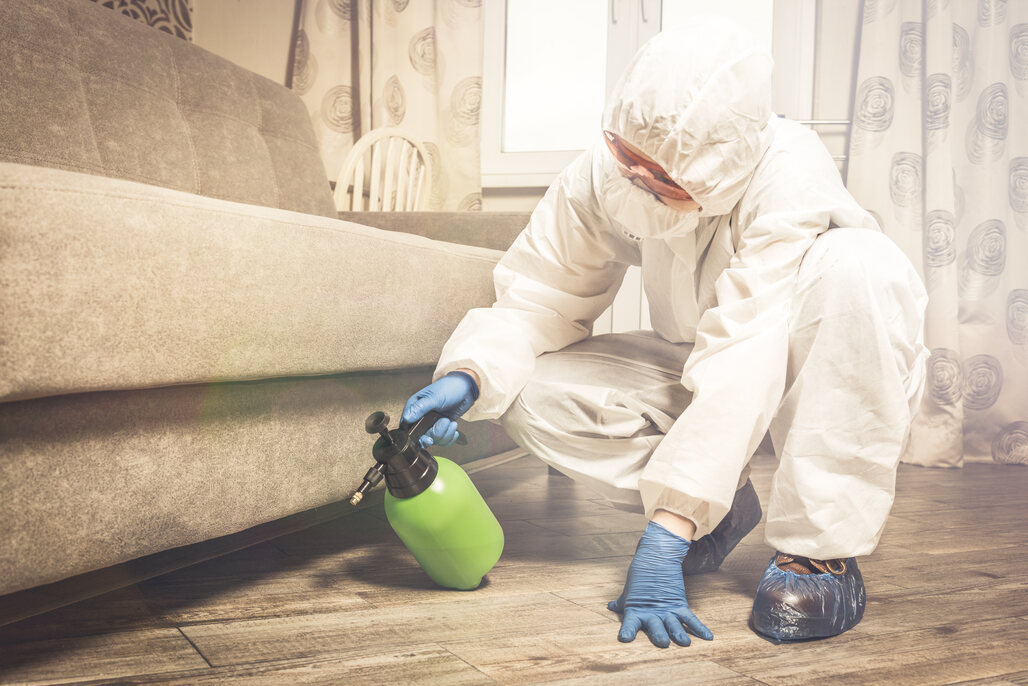Understanding, Preventing, and Removing Mold for a Healthier Home
Mold growth is a common issue in many homes, particularly in areas prone to moisture and humidity. Left unchecked, mold can lead to a variety of health problems and significant property damage. Mold mitigation refers to the process of identifying, containing, and removing mold while addressing the underlying causes of its growth. Proper mold mitigation not only helps to restore a safe and healthy environment but also prevents future infestations. This article explores the importance of mold mitigation, the steps involved, and tips for preventing mold from returning.

What is Mold?
Mold is a type of fungus that thrives in damp, warm environments. It reproduces through microscopic spores that float through the air, making it easy for mold to spread and take root when the conditions are right. Common types of household mold include Aspergillus, Cladosporium, and Stachybotrys, often referred to as "black mold." While mold is naturally occurring in the environment, it becomes a problem when it grows indoors, especially in places where moisture levels are high, such as basements, bathrooms, and kitchens.
Steps Involved in Mold Mitigation
The first step in mold mitigation is identifying the presence of mold and assessing the extent of the problem. A professional mold inspector will often use specialized tools, such as moisture meters and thermal cameras, to detect hidden mold and moisture sources. They may also take air samples or swab samples from surfaces to confirm mold growth. A thorough inspection also helps identify the underlying causes of mold, such as leaks, poor ventilation, or high humidity.
Once mold is identified, it is essential to contain it to prevent further spread. This involves isolating the affected areas to keep mold spores from traveling to other parts of the home. In more severe cases, professionals may use negative air pressure machines and containment barriers to seal off rooms and ensure the safety of the rest of the property.
After containment, mold removal can begin. This process involves physically removing the mold from surfaces, which may require scrubbing or using chemical agents specifically designed for mold removal. For porous materials like carpets or ceiling tiles, the mold may have penetrated too deeply to be effectively cleaned, requiring replacement of the material. All moldy items should be safely disposed of to prevent re-contamination.
Mold thrives in moisture-rich environments, so eliminating excess moisture is a key part of the mitigation process. Using high-powered fans and dehumidifiers, professionals will dry out the affected areas to restore proper humidity levels. This helps ensure that mold cannot grow back. It is important to address the source of the moisture, whether it’s a leaky roof, broken pipe, or inadequate ventilation.
Once the mold is removed and the area is dried, any damage to the structure must be repaired. This may include replacing drywall, insulation, or wooden beams, which could have been weakened by the mold. Finally, the property is cleaned and restored to its original condition, ensuring that there are no residual mold spores left behind.
The final step in mold mitigation is to implement measures that will prevent future mold growth. This can include installing better ventilation systems, using mold-resistant materials, sealing cracks and gaps, and controlling humidity levels through the use of dehumidifiers and air conditioners. Regular inspections and monitoring of areas prone to moisture can help catch potential issues early before they become serious problems.

Contact Us
Why Mold Mitigation is Important
Mold growth can cause a range of issues in both the structure of a home and the health of its occupants.
Health Risks
Mold exposure can trigger coughing, sneezing, asthma attacks, and allergic reactions like itchy eyes or rashes. It poses risks to individuals with mold sensitivities, asthma, or weakened immune systems, potentially leading to more serious health complications over time.
Odors
Mold produces a musty, unpleasant smell that can be difficult to get rid of. This odor can permeate fabrics, carpets, and walls, making the living environment uncomfortable.
Property Damage
Mold can damage building materials such as wood, drywall, and insulation. Over time, mold can weaken the structural integrity of a home, leading to costly repairs. Additionally, mold can cause staining and discoloration, which can affect the aesthetic value of the property.
Legal and Financial Concerns
In some cases, undetected mold growth can lead to legal disputes, especially if it affects tenants or is discovered during a real estate transaction. Some insurance policies may cover the cost, but only if proper steps are taken to prevent mold from spreading.

